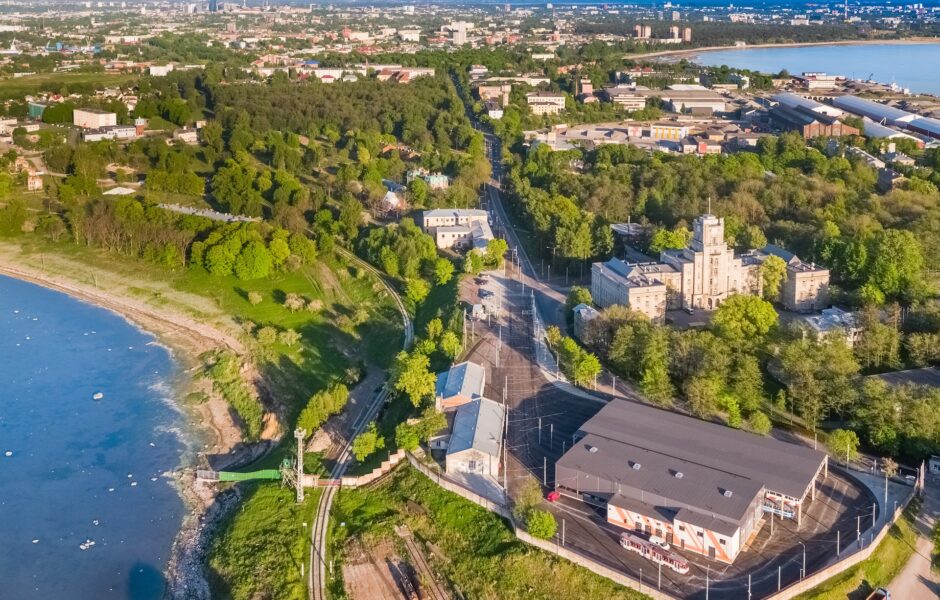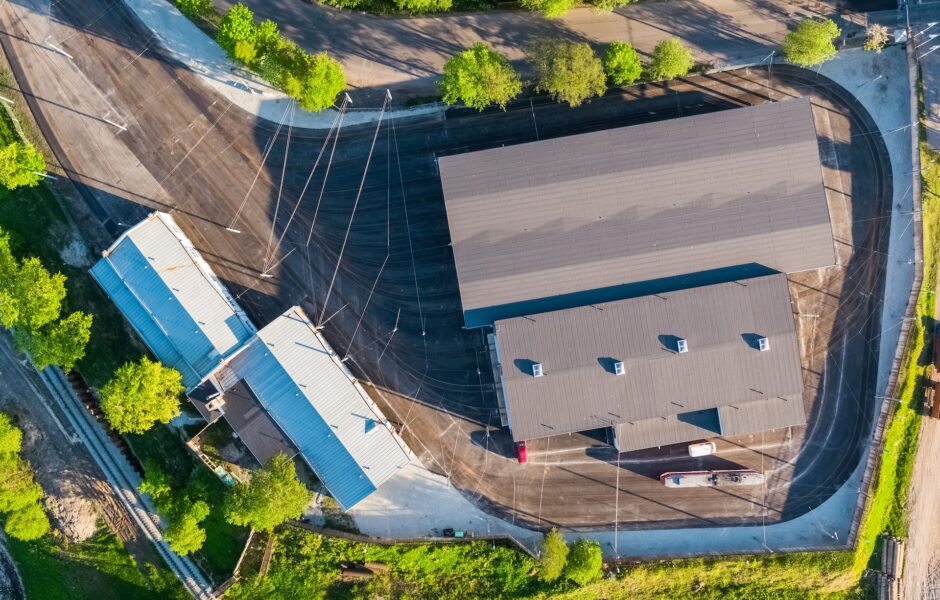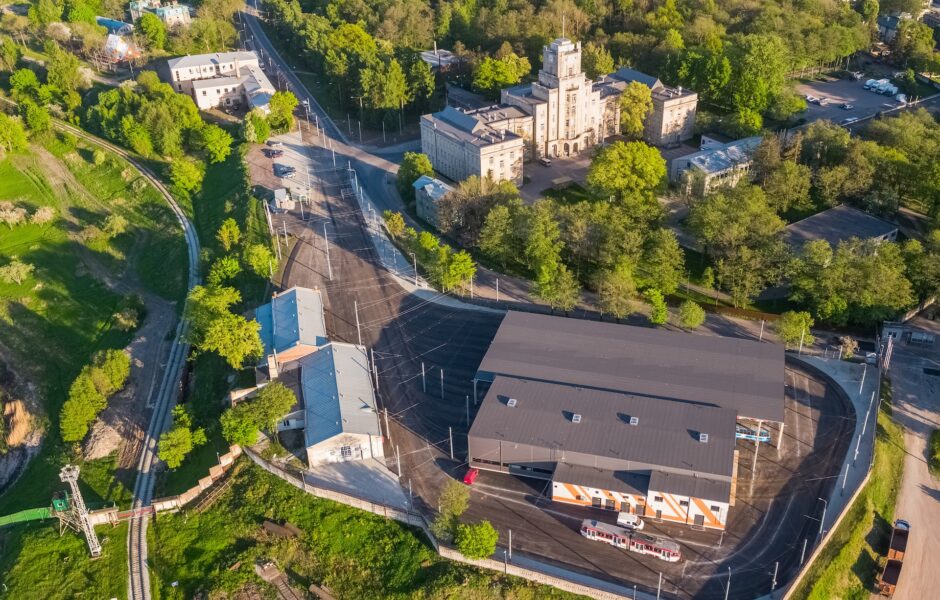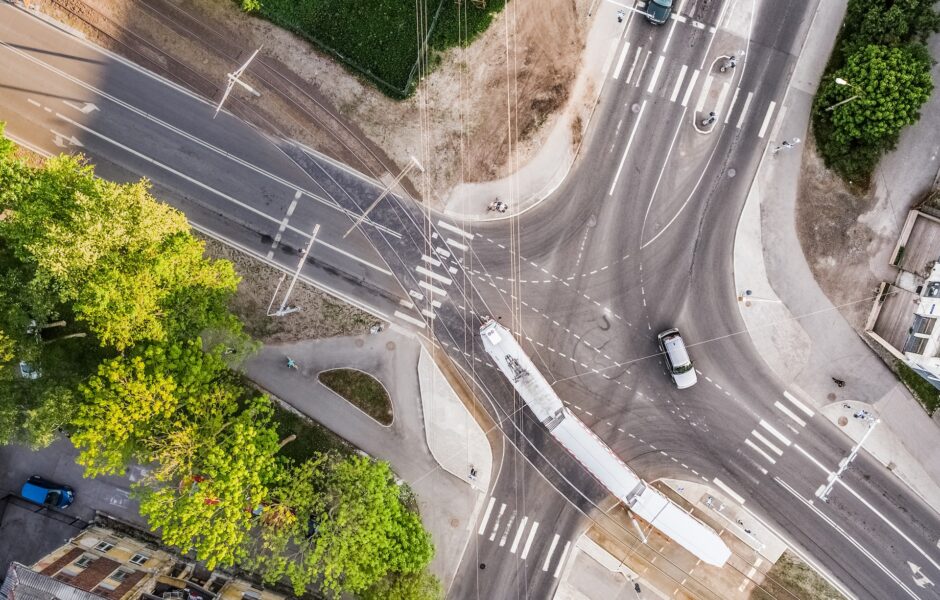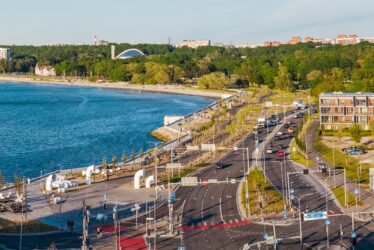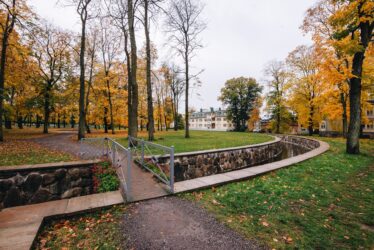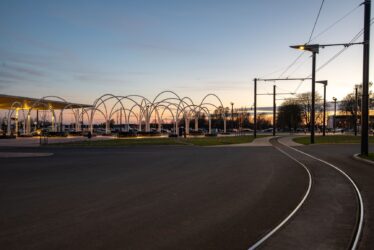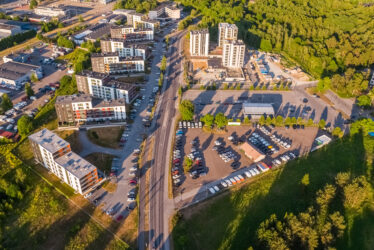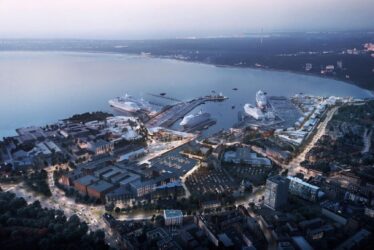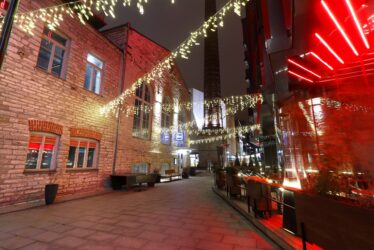Kopli tramway
The Kopli tramway was built during World War I by the Russo-Baltic and Bekker factories for the daily transport of their workers. The route as it stands today was established in November 1953, when the Kopli tramway was connected to the rest of the city’s tramway network via the streets of Põhja puiestee and Mere puiestee. Since then, Tallinn’s tram routes No. 1 and 2 have been connecting the Kopli Peninsula, respectively, with Kadriorg and Ülemiste via Viru Square. In order to modernise Tallinn’s public transport system, after the renovation of tram routes No. 3 and 4, the city’s transportation company (Tallinna Linnatranspordi AS) also launched a call for tenders for the design and construction of this last part of the tram network – the 16-kilometre-long tramway track running from Viru Square to the Kopli tram depot. The design and construction work started on 1 June 2016 and was carried out over a total of seven stages. During the reconstruction work, the tramway was fully converted to a slab track and the overhead lines and masts were replaced with new ones. On the section between Suur Rannavärav and the Baltic Station, the tramway was moved closer to the Skåne Bastion, and the tram stops along the route were fitted with waiting platforms and shelters. Three new stops were established: Marati, Krulli, and Salme. In addition, the project included the renovation of both the Kopli tram depot as well as the shunting and parking tracks on the premises – now the tracks also support the new CAF Urbos trams. The cost of the reconstruction project was almost 20 million euros and scheduled tram traffic was opened on 1 September 2014, followed by the rehabilitation of the areas adjacent to the tramway.
Galerii




